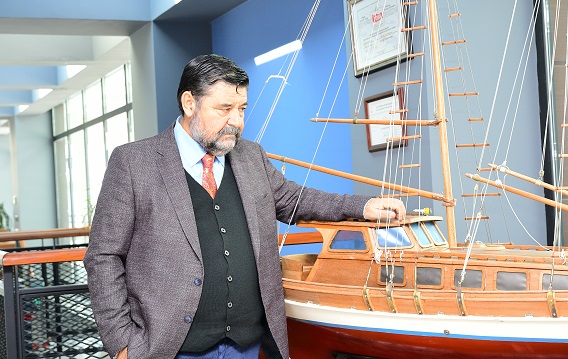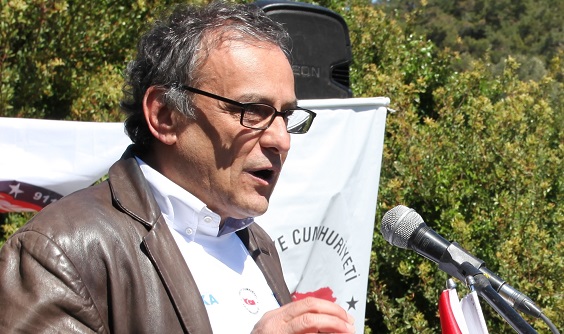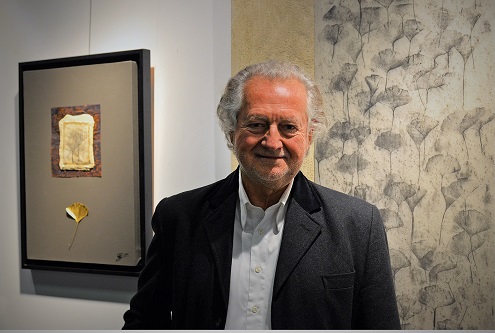Bodrum Peninsula is situated in western Turkey, at the point where the Mediterranean, the cradle of civilization, and the Aegean meet. The peninsula, which has always been a favourite, has been home to countless civilizations that left traces in Anatolia: Dorians, Carians, Lelegs, Megeralis, Persians, Romans, Byzantines, and Ottomans are among these civilizations. Bodrum was also taken over by Rhodes Knights for a while. Archaeological excavations in the region reveal that it dates back to five thousand years ago. One of the main reasons why Bodrum is still a point of attraction today is the fact that it has been shaped by different cultures throughout history and the remaining left by those cultures on the peninsula.
The name of Bodrum comes from the founders of the magnificent castle of the peninsula, Petrix Knights. Pronounced as Bodrum by the Turks living there at that time, the name was finalized as Bodrum with the establishment of the Republic.
According to the famous historian Herodotus, Bodrum was founded by Dorians. Then the Carians and Lelegs settled in this area. In 650 BC, Megeralis arrived and expanded the city and renamed as the city as Halicarnassus. In 386 BC, the region was dominated by Persians. It is known that the region which also covers Halicarnassus was referred to as "the Caria Satrapy" upon arrival of the Persians. The Carians are the first mercenaries in history, and due to their predominant sailor / warrior identities, they showed their presence in the Aegean and in the entire Eastern Mediterranean. Herodotus, the father of history, says “Carians were the most famous and populated bloodline.” When King Mausolos came to the throne in 377 BC, the capital was moved from Mylasa to Halicarnassus, so the city lived its brightest period and developed considerably in terms of zoning movements and trade activities. At this time, the city was surrounded by strong walls and towers, and convenient ports make the city a commercial centre. Mausolos carries the population of six of the eight Leleg cities on the peninsula to Halicarnassus. With the construction activities, the most masterful architects and sculptors in Greek flew to Caria and in a sense Mausolos became the architect of the plan for Hellenizing of Caria.
When Alexander the Great was descending to the south from Dardanelles (Dardanelles Strait) and all the cities were offering the golden key to him, Halicarnassus resisted this young man first. As Alexander could not get win the city through the gate of Mylasa, he surrounded the gate of Myndos for 3 months. As soon as he conquered the city with tough battles, he ordered the destruction of burned every place except the Mausoleum. The region, which was under the siege of Alexander the Great for some time, was later dominated by the Roman Empire.
Although peace years continued until the 3rd century AD, due to the weakening of the Roman Empire and the division of the empire into two in 395 AD, Caria was connected to the Eastern Roman (Byzantine) Empire as a separate province. Christianity was not accepted and the region moved constantly backwards. With the Arab invasions in 654 AD, the Caria region was further damaged and gradually erased from history as many civilizations in Anatolia.
It is the Turks who dominated the Caria region in the last quarter of the 13th century AD and the region was a part of the Menteşe Principality then. In the 15th century, The Knights of St. Jean built their monuments, which are the symbol of Bodrum today, on an ancient Turkish castle (belonging to the Menteşe Principality), but when Sultan Süleyman the Magnificent conquered Rhodes and the Mediterranean became a Turkish lake in 1523, the knights surrendered the key to the Ottoman Empire and went to Malta.
Evliya Celebi, during the expedition to Western Anatolia in 1675, visited Bodrum, too and wrote in his travel book that the city's port is capable of hosting 200 ships. The records of the Ottoman archives of 1775 indicate that the construction of new war vessels came to an end as the Russian navy burned the Ottoman navy in Çeşme and that a shipyard was built in Bodrum and various galleons were built between 1784 and 1831 between 38 and 47 meters long.
Although the Carians, as one of the resident first peoples of Southwestern Anatolia, were among the small civilizations in Anatolia, they left the word Mausoleum and “mausoleum” (monumental tomb building) as one of the ancient world's seven wonders and the father of history, Herodotus of Halicarnassus, and the traditional wooden boat production still ongoing in our region today. Besides being a tribe which gave us Artemisia I and Artemisia II the world's first women admirals, the Queen Island, and the warrior king Mausollos to us, they are like the extension of the current Anatolian people's in the past with their strong, resilient and brave characteristics always striving to be free.
The Bodrum Peninsula, where the Turkmen tribes settled, became part of the territory of the Ottoman Empire in 1552 when the Seljuks dominated the region.
During the War of Independence, the Italians dominated the region between 1919 and 1921, but in 1921 the region was again dominated by the Turks.
About 5000 inhabitants in the early years of the Republic, Bodrum was a small town of port where the local people made a living with fishing and sponge, began to experience population growth from 1965, due to the tourism potential. Especially after the 1980s, the Peninsula has developed rapidly and has become an important tourism and entertainment center.
The Bodrum Peninsula preserves its cultural heritage as a place that has been home to different civilizations throughout history. Today, being an important tourist centre is a product of the natural and cultural beauties it has. Today, it owes being an important tourist centre to the product of the natural and cultural beauties it has.



























